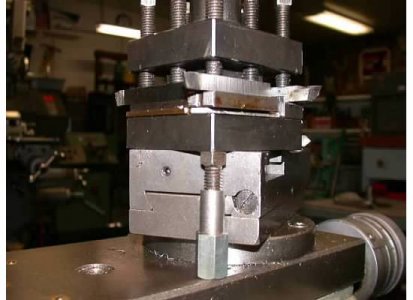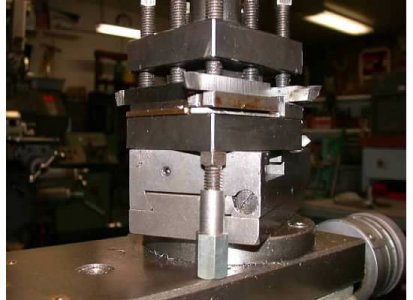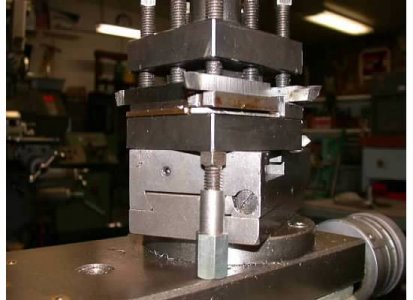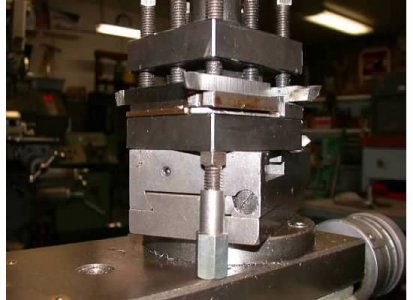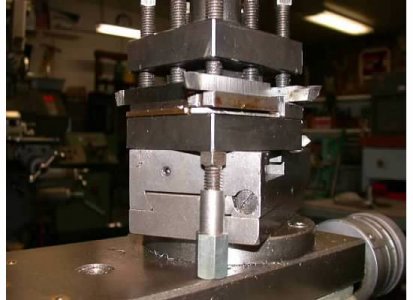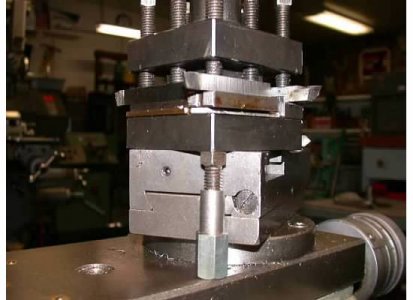- Joined
- Jun 12, 2014
- Messages
- 401
Reversing with a inverted tool would be a great way to part off but I'd also be worried about my screw on chuck.
If you are running the parting tool inverted on the back side of the chuck, directional rotation will be the same as right-side-up on the front.

